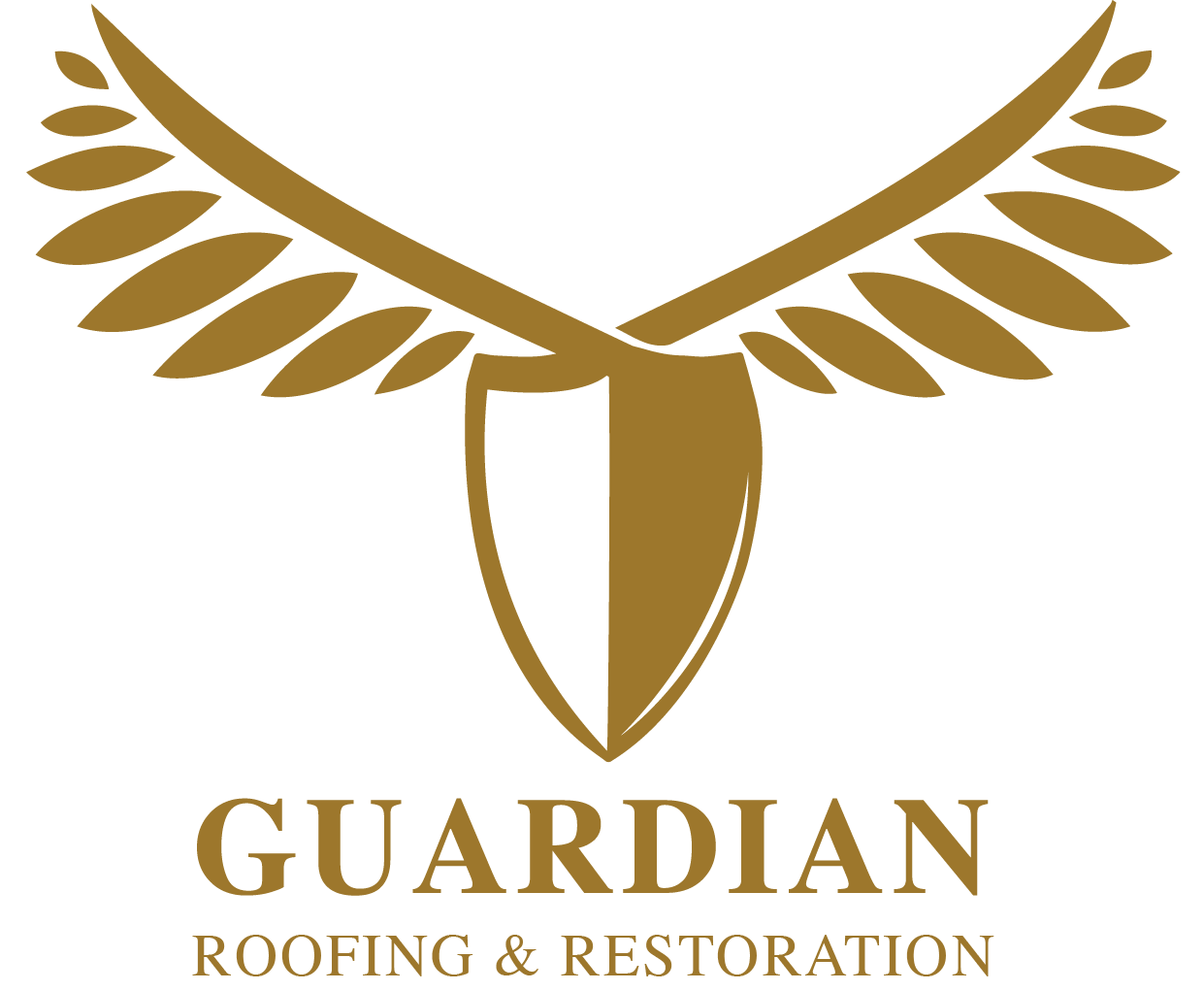Introduction
Dealing with roof repairs can be daunting, especially when it involves filing an insurance claim. Understanding the steps involved in this process is crucial for any homeowner. This guide will provide you with all the information you need to manage your roofing repairs through your insurance provider, from initial damage assessment to the final touches on your repaired roof.
Understanding Your Policy
Before a storm hits or you notice a leak, it’s essential to understand what your insurance policy covers regarding roof damage:
- Coverage Types: Most home insurance policies cover roof damage caused by unpreventable reasons like vandalism or natural disasters.
- Exclusions: Be aware of what’s not covered. Some policies exclude specific types of damage, such as wear and tear or poor maintenance.
- Deductibles: Know your deductible amounts as this affects your out-of-pocket costs when making a claim.
Steps to Take Immediately After Damage Occurs
When your roof is damaged, immediate action can help streamline the claims process and prevent further damage:
- Document the Damage: Take photos and make notes of any damage as soon as it’s safe to do so.
- Temporary Repairs: Make temporary repairs to mitigate further damage. Keep receipts as your insurance may reimburse these expenses.
- Contact Your Insurance Company: Notify your insurer as soon as possible to start the claims process.
Filing a Roof Repair Claim
Filing an insurance claim for roof repair involves several important steps:
- Claim Notification: Inform your insurance provider about the damage. This is typically done over the phone or via an online form.
- Documentation Submission: Submit all necessary documentation, including photos of the damage, a detailed account of the incident, and any receipts for expenditures related to the damage.
- Adjuster’s Inspection: The insurance company will send an adjuster to examine the roof damage and determine the payout amount based on the policy terms.
Choosing the Right Roofing Contractor
Selecting a reputable contractor is crucial for effective and durable roof repairs:
- Licensed and Insured: Ensure the contractor is licensed and insured to protect against potential liabilities.
- Experience with Insurance Claims: Hire professionals experienced in dealing with insurance claims as they can help in ensuring the documentation is in order for your claim.
- Quality of Work: Check reviews and previous work to assess the quality of the contractor’s job.
Navigating the Insurance Claim Process
Understanding the insurance claim process can make the difference between a claim that is handled smoothly and one that encounters hurdles:
- Communication: Maintain open lines of communication with your insurance adjuster and roofing contractor.
- Understand the Payout: Review the insurance company’s payout offer to ensure it covers the necessary repair costs. If the payout is insufficient, it’s within your rights to appeal the decision.
- Finalize Repairs: Once the claim is approved, you can proceed with the repairs. Ensure the work is completed to a satisfactory standard before closing the claim.
Preventative Measures for Future Roof Care
Taking proactive steps can minimize future roof damage and the need for claims:
- Regular Inspections: Have your roof inspected at least once a year and after major weather events.
- Immediate Repairs: Address minor damages promptly before they evolve into significant problems.
- Quality Materials: Use high-quality materials for any roof work to enhance durability and longevity.
Handling roof repairs through insurance can seem complicated, but with the right knowledge and preparation, you can navigate the process effectively. By understanding your policy, choosing the right contractor, and knowing how to file a claim properly, you can ensure that your roof repairs are handled efficiently and your home stays protected.
Contact Guardian Roofing today to schedule a free inspection for your roof. We will give you the piece of mind on whats really going on.
GuardianRandR@gmail.com


